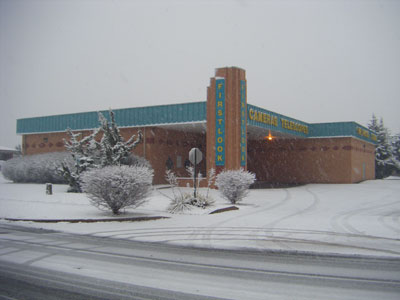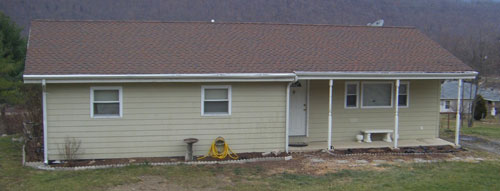New Opaque Insulation Technology
Twenty-two percent of total U.S. electricity consumption is used to cool and heat buildings. Half of this electricity is wasted and pollutes the atmosphere, because advanced insulation technology, available since 1985 and absolutely imperative to slow global warming, has not been employed because corporations have prevented it from eliminating hundreds of millions of tons of CO2 pollution annually in the U.S. alone. CO2 pollution costs many lives.
Unlike conventional building insulations, which is passive and only slow heat conduction, this dynamic insulation both reflects radiation and vents excess heat back into the atmosphere. It also adds fire resistance, prevents moisture damage, most critical for stucco buildings, and extends the useful life of materials by reducing expansion and contraction. Paul Wright, emeritus Martin Berlin Chair Professor at U.C. Berkeley School of Engineering and recently Director of the Berkeley Energy and Climate Institute, told us, “Your insulation is to conventional insulation as Tesla is to the Model T.” However, available protocol cannot grade or test it; therefore, current building codes cannot sanction its use.
Donate
Energy Conservancy is now asking for online donations to raise $250,000 to develop a protocol allowing advanced insulation technology to be inserted into building codes, with incentives for its use and eventual requirement.
Proof of Concept
Advanced insulation halving the energy-use required to cool and heat most structures is well documented. New patented adaptations can now be condensed into ¾ inch roof and wall insulation boards, which will replace the uniform, solid conventional insulation panels directly behind exterior building finishes to augment the interior, usually fiberglass, insulation.
Engineer Michael Leonard first developed and installed precursors this dynamic insulation technology in Washington, D.C. buildings 35 years ago. He continued to install gradually more advanced and cost-effective versions, which eventually could reflect and resist up to 97% of solar radiated heat, which passes through conventional insulation almost unobstructed.

Michael Leonard built the First Look industrial/commercial building in Hagerstown, Maryland with a precursor of the reflecting and venting insulation technology he was developing. It used less than 1/4 of its building code-required heating and cooling equipment, and it consumed less than 1/4 of the electricity for heating and cooling projected by its utility provider, who demanded proof that it was not bypassing its electric meter!

Leonard also built the above house in brutally cold and stifling hot Keyser, West Virginia with a precursor of his insulation augmenting conventional insulation. It consumes 1/3 of the cost per square foot for cooling and heating most homes currently being built, only $0.013 per square foot per month.
